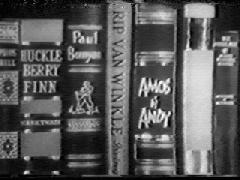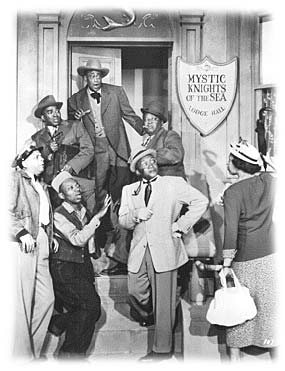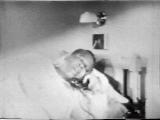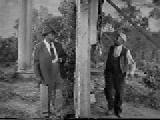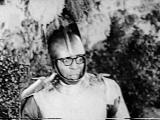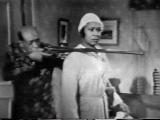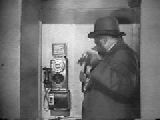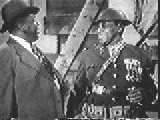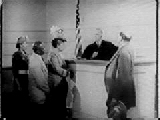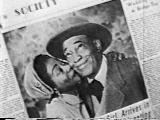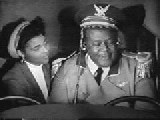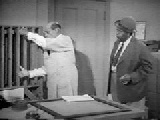Amos 'n' Andy, one of the most popular and long running radio programs of all time, was brought to television in the summer of 1951. The series was produced by Freeman Gosden and Charles Correll, the two actors who had created and starred in the radio version. Since they were white, and the entire cast of the show on television had to be black, a much ballyhooed search was held, over a period of four years, to find the right actors to play the parts. Only Ernestine Wade and Amanda Randolph were brought over from the radio cast.
Set in Harlem, Amos 'n' Andy centered around the activities of George Stevens, a conniving character who was always looking for a way to make a fast buck. As head of the Mystic Knights of the Sea Lodge, where he held the position of "Kingfish," he got most of the lodge brothers involved in his schemes. That put him at odds not only with them, but with his wife Sapphire, and her mother. Mama, in particular, didn't trust him at all. Andy Brown was the most gullible of the lodge members, a husky, well-meaning, but rather simple soul. The Kingfish was constantly trying to swindle him in one way or another, but the "big dummy" (as Kingfish called him) kept coming back for more. More often than not, Kingfish would get them both into trouble, but win Andy's cooperation with an appeal to fraternal spirit-"Holy mackerel, Andy! We's all got to stick together in dis heah thing...remember, we is brothers in that great fraternity, the Mystic Knights of the Sea."
Amos was actually a rather minor character, the philosophical cabdriver who narrated most of the episodes. Madame Queen was Andy's girlfriend and Lightnin' was the slow-moving janitor at the lodge.
